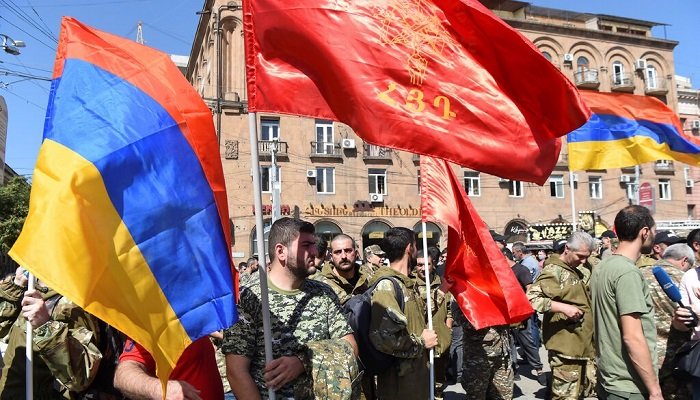YEREVAN: Two ex-Soviet republics in the Caucasus, Armenia, and Azerbaijan, are engaged in a decades-long territorial dispute which has re-erupted with the heaviest clashes in years on Sunday.
Here are the key factors surrounding their conflict:
Nagorny Karabakh
At the heart of the standoff between Yerevan and Baku is the contested Nagorny Karabakh region.
The Soviet authorities merged the predominantly ethnic Armenian territory with Azerbaijan in 1921.
After the 1991 collapse of the Soviet Union, Armenian separatists seized it in a move supported by Yerevan.
An ensuing war left 30,000 dead and forced hundreds of thousands from their homes.
Despite a ceasefire mediated in 1994 by Russia, the United States, and France, peace negotiations struggle to move forward and fighting erupts frequently.
The latest clashes on Sunday saw Azerbaijan and Armenian separatists accuse each other of igniting the fighting that left both sides with casualties, including civilians.
It followed a flare-up along the border in July which claimed the lives of 17 soldiers from both sides.
In April 2016, some 110 people were killed in the most serious fighting in years.
Revolts and dynasty
Armenia has been rocked by political and economic instability since it gained independence from the former USSR.
The country’s post-Soviet leadership repressed opposition to its rule, was accused of falsifying ballot results, and was largely beholden to the interests of Russia.
In the spring of 2018, mass street protests brought current Prime Minister Nikol Pashinyan to power. He has since cracked down on corruption and introduced popular judicial reforms.
Azerbaijan, on the Caspian Sea, has been under the authoritarian grip of a single-family since 1993.
Also Read: Armeena Distances Herself from Armenia amid Conflict





